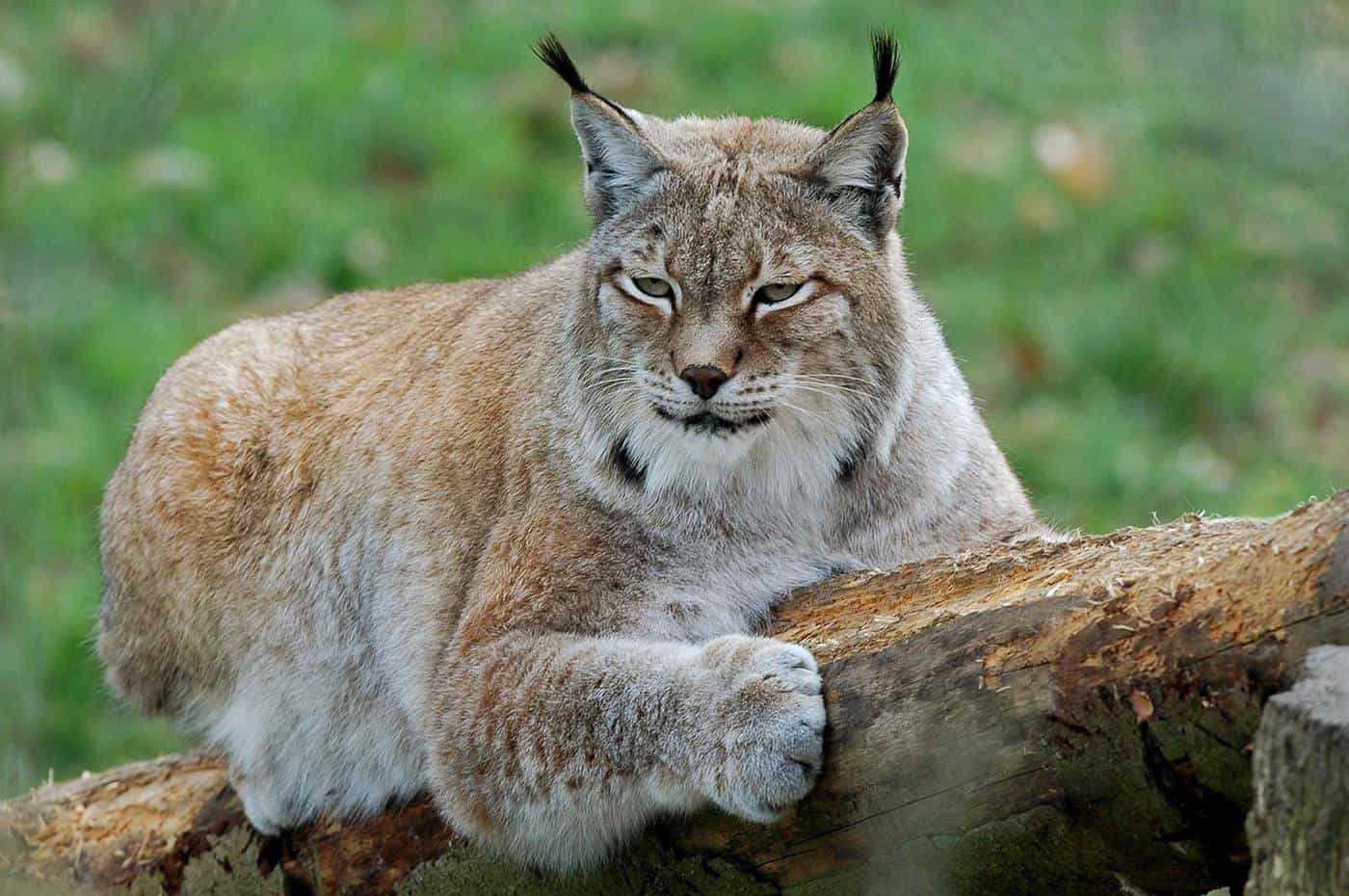Discovering the Beauty of Canada’s Lynx: A Closer Look /b
Discovering How the Canada Lynx Survives the Harsh Canadian Winters with Its Snowshoe-Like Paws With fierce and formidable looks, the Canada Lynx sits on a boulder proudly announcing its position at the top of the food chain. Its ear tufts bristle and yellow-green eyes narrow as it sniffs the air, ready to ambush its prey like a coiled spring. Found in higher regions and spread across British Columbia, this majestic feline has grey fur in winter that turns into a mottled blend of grey and brown in summer. One of the Canada Lynx’s unique features is its big paws, which behave like snowshoes during the winter months, giving it an edge over other predators. Often mistaken for a bobcat, the Canada Lynx can be distinguished by its long black ear tufts, sloped spine from long back legs, flared facial ruff, short tail, and taller stature.

It is interesting to note that the ear tufts of a Canada Lynx serve a similar purpose as their whiskers. These tufts are highly sensitive to changes in the wind and can detect structures above their head. However, seeing these elusive cats in the wild is a rare occurrence, much like their bobcat and mountain lion counterparts. Lynx are primarily nocturnal hunters and rely on their exceptional hearing and sight to ambush their prey rather than chase them. Their diet mainly consists of snowshoe hares, but they also consume other animals such as grouses, squirrels, foxes, voles, mice, carrion, and even deer. However, catching fifty voles is necessary to match the calories of just one hare, which burns a lot of their energy. Threats to their survival include starvation due to the decrease in snowshoe hare population, unsustainable trapping, and extensive logging. The Canada Lynx’s physical details include a length of 30 to 42 inches, a tail length of two to five inches, a height of 24 to 26 inches, and a weight of 13 to 29 lbs. It would be fascinating to observe and learn more about these wild creatures, so why not go out and hike with the family more often?
